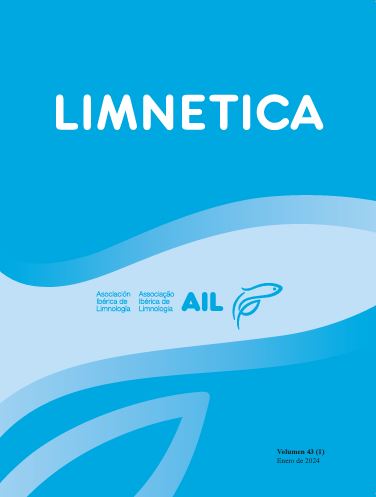Predicción del impacto tóxico sobre ecosistemas acuáticos producidos por la interacción de dos agroquímicos cúpricos (sulfato de cobre y oxicloruro de cobre) en mezcla binaria con glifosato
Abstract
The high population growth worldwide causes a high demand for food with an increase in the use of different agrochemicals, with pesticides and herbicides being the primary pollutants of anthropogenic origin in the environment. One of the critical aims of ecotoxicology is the evaluation of mixtures of chemical substances that can have additive, synergistic or antagonistic effects in different ecosystems. For this reason, in this study, the aims of this research were: 1) to estimate the individual subchronic toxicity of agrochemicals copper oxychloride [Cu2(OH)3Cl], copper sulfate (CuSO4), and Glyphosate (Gly-BH) on the inhibition of population growth on the freshwater chlorophyte Scenedesmus intermedius and, 2) to predict the antagonistic, synergistic, or additive behavior in binary mixtures of Gly-BH with Cu2(OH)3Cl and CuSO4 through the Combination Index (CI) method. The individual toxicity order at 7 days of exposure in S. intermedius was CuSO4 (IC50 2.70 mg/l) > Gly-BH (IC50 4.03 mg/l) with no statistical differences between both agrochemicals, and > Cu2(OH)3Cl (IC50 25.59 mg/l) with a major tolerance if it compared with the other chemicals. For the binary mixture of CuSO4/Gly-BH, an antagonistic effect was presented (IC > 1) but with lower toxicity (IC50 7.40 mg/l) when compared with the individual responses of these compounds. However, in the mixture, Cu2(OH)3Cl/Gly-BH was more toxic with a synergistic response (IC50 0.85 mg/l) even between 5 and 30 times more toxic. These results highlight the importance of studying interactions of chemical substances in ecosystems to establish a better evaluation and regulation of the environmental impact.
Downloads
Published
Issue
Section
License
Authors publishing in the journal agree to the following terms
Limnetica is licensed under a Creative Commons Attribution-NonCommercial 4.0 International License.


